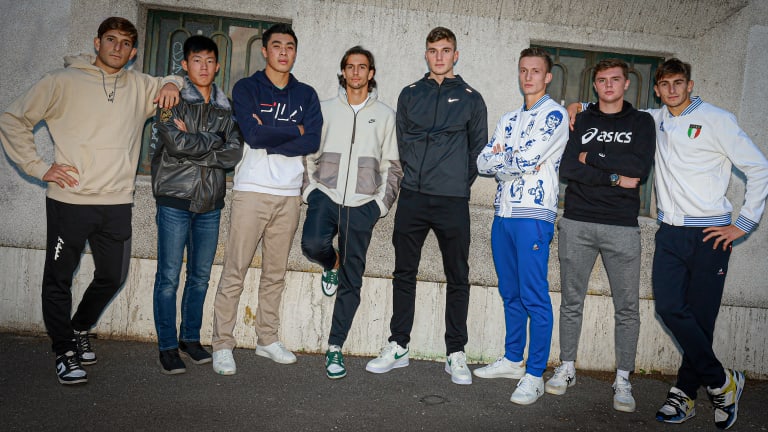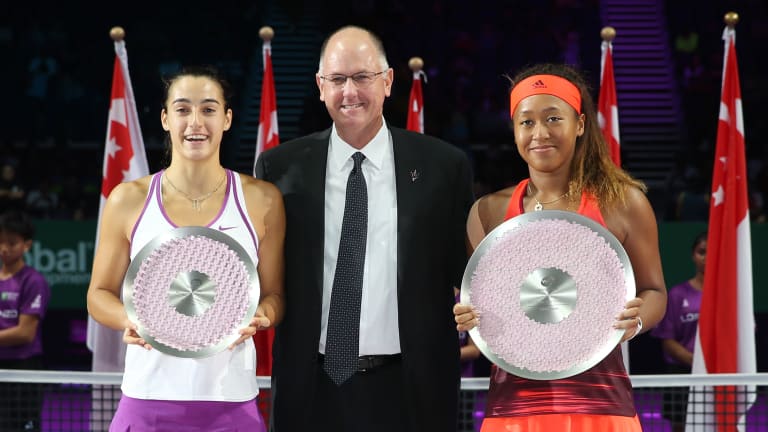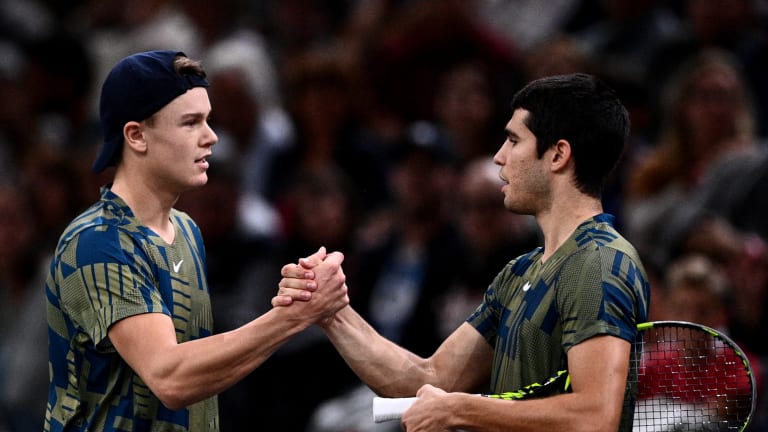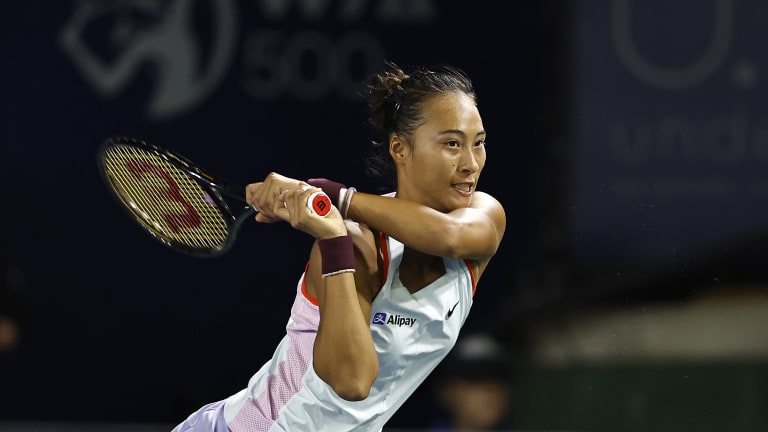The Volley: Is it time for the WTA to play the ATP Next Gen game?
By Nov 09, 2022With Rafael Nadal watching on, Learner Tien wins Next Gen ATP Finals
By Dec 21, 2025Rafael Nadal, ambassador for the Saudi Tennis Federation, returns to Next Gen ATP Finals
By Dec 21, 2025Learner Tien looks for revenge, in two ways, in the Next Gen ATP Finals title match
By Dec 20, 2025Nishesh Basavareddy advances at Next Gen Finals with Gilles Cervara in his corner
By Dec 19, 2025From hitting partner to headliner: Rafael Jodar shocks top seed Tien in Jeddah
By Dec 17, 2025The 2025 Next Gen ATP Finals: The field, fun facts and where to watch
By Dec 16, 2025Learner Tien tops Next Gen ATP Finals draw hoping to finish job in Jeddah
By Dec 14, 2025From rules to the ruling class, the Next Gen ATP Finals continue to foreshadow the future
By Nov 25, 2025Brazil's Joao Fonseca, 18, captures Next Gen ATP Finals title with Rafael Nadal watching on
By Dec 23, 2024The Volley: Is it time for the WTA to play the ATP Next Gen game?
In the wake of the ATP’s wildly successful Next Gen Finals run, should the WTA do more to spotlight its own rising stars with a post-season showdown or return to an Elite Trophy format for Top 20 stalwarts?
Published Nov 09, 2022
Advertising
Advertising

The Next Gen ATP Finals has been a staple of the tennis calendar, creating an intriguing feeding system for the game's most talented youngsters.
© Getty Images for ATP Tour
Advertising

The 2015 WTA Rising Stars Invitational was oddly prescient in spite of its more arbitrary elements, yielding a final between Caroline Garcia and Naomi Osaka.
© 2015 Getty Images
Advertising

A year after competing at the Next Gen ATP Finals, Holger Rune and Carlos Alcaraz are both Top 10 players—Alcaraz becoming the youngest-ever ATP No. 1.
© AFP via Getty Images
Advertising

Aryna Sabalenka won the most recent WTA Elite Trophy in 2019; the event has been missing from the tour calendar since the global pandemic.
© AFP via Getty Images
Advertising

Zheng Qinwen would have been a dream WTA Rising Star, and is among those who would be well-served by a Next Gen WTA Finals competing alongside the likes of Amanda Anisimova and Leylah Fernandez.
© Getty Images